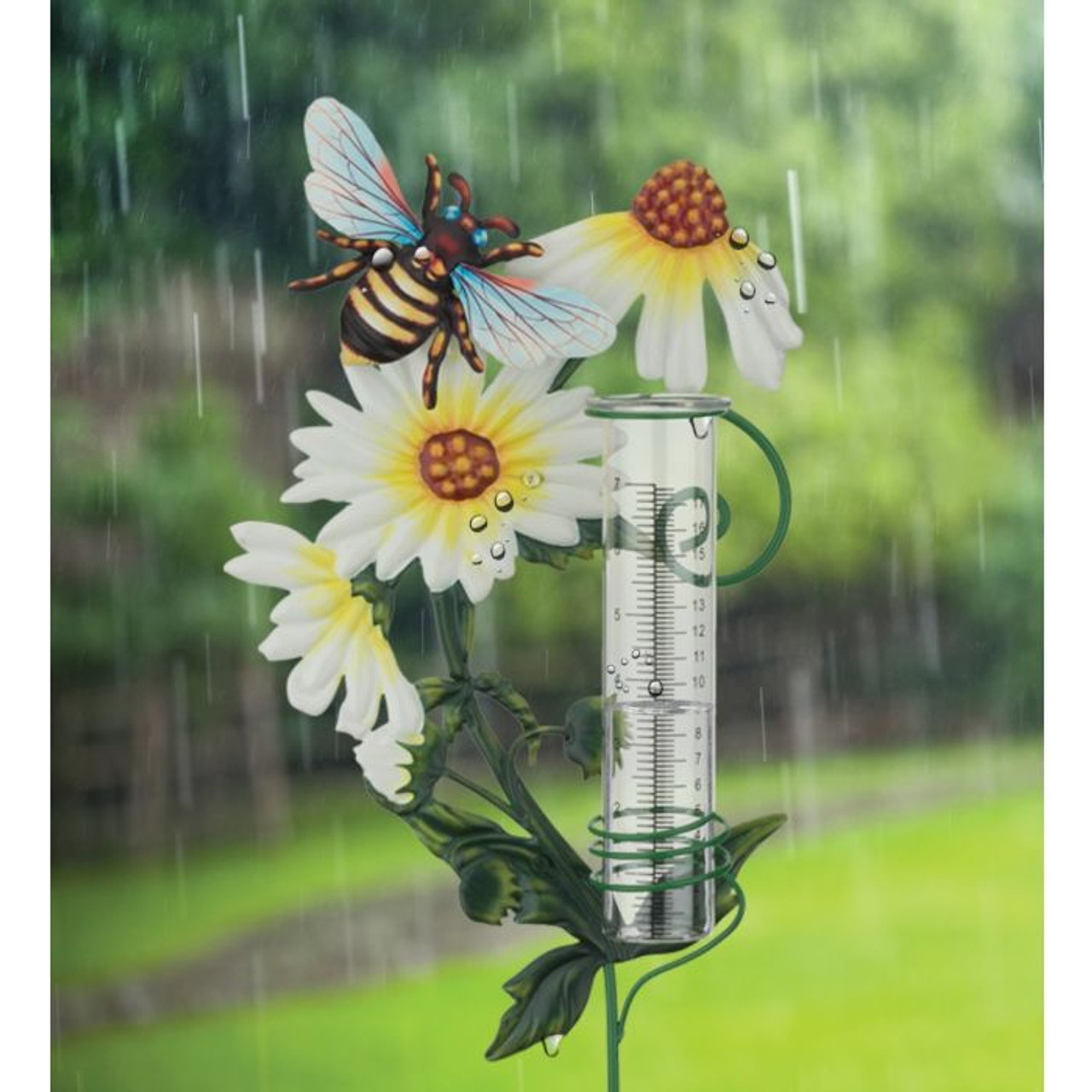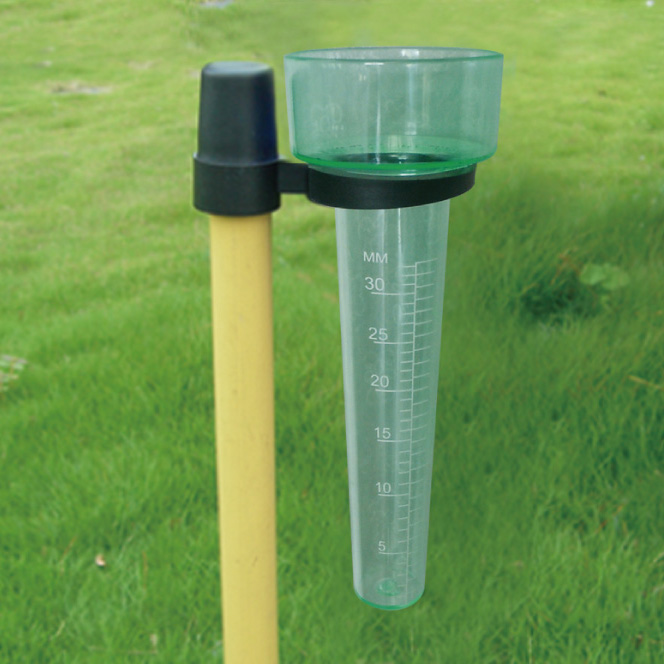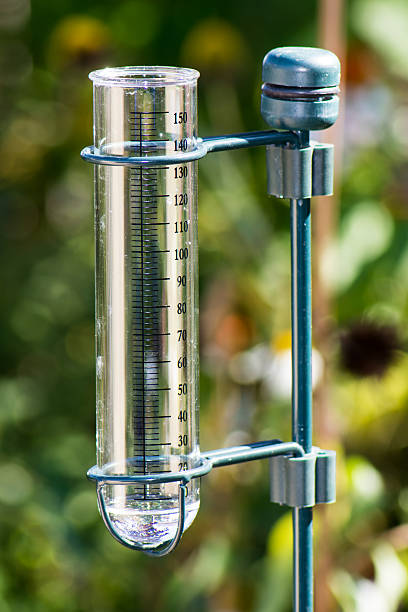How to Choose the Right Rain Gauge for Accurate Rain Information
Accurate rainfall information is essential for numerous markets and tasks, such as meteorology, water, and farming resource management. To get reputable measurements, it is crucial to select the best rainfall gauge. This guide intends to supply important understandings into the option process, permitting you to make educated choices. Considering variables such as area, kind, and accuracy of the rain scale will help make certain precise data collection. In addition, recognizing the upkeep and calibration procedures will certainly contribute to the durability and integrity of your rainfall gauge. By following these guidelines, you can make sure accurate rains data, making it possible for far better decision-making and preparation for various applications.
Significance of Picking the Right Rainfall Scale
The value of picking the appropriate rain scale hinges on obtaining reliable and precise rains data for exact atmospheric analysis. Rain data is important for a variety of applications, consisting of climate forecasting, hydrological modeling, and environment study. Unreliable or undependable information can lead to erroneous conclusions and flawed decision-making processes.

Second of all, the accuracy and accuracy of the rainfall gauge are paramount. The gauge ought to be able to determine rainfall with high precision, recording even tiny amounts of rainfall properly.
Additionally, the area and installation of the rain gauge are critical factors to consider. It needs to be put in an open location, away from blockages that could influence rains measurements. The gauge ought to be positioned at an ideal height and angle to stay clear of spilling and make certain proper catchment of rainwater.
Variables to Think About When Selecting a Rain Scale
When selecting a rainfall gauge, there are a number of key aspects to consider. There are various kinds readily available, including standard rainfall gauges, tipping bucket rain assesses, and evaluating rain evaluates.
One more element to think about is the product of the rainfall scale. Rainfall gauges can be constructed from numerous products, such as steel, glass, or plastic. The material picked should be long lasting and immune to weather, making sure that the rainfall scale will withstand the aspects and supply exact measurements gradually.
Precision is also a critical factor to take into consideration. Search for rainfall evaluates that have actually been adjusted and examined for precision. Features such as anti-splash rings and funnels can also improve the accuracy of the measurements.

Lastly, think about the environment and environment in which the rainfall scale will certainly be utilized. Various rain determines are appropriate for various climates, so it is essential to choose one that is proper for the problems in your area.
Different Kinds Of Rainfall Assesses Available
To further explore the elements to consider when picking a rain scale, it is important to understand the various kinds of rainfall evaluates offered. The most usual kind is the standard rainfall gauge, additionally understood as the round rainfall scale.
An additional kind of rain gauge is the tipping container rainfall gauge. This scale utilizes a seesaw-like system to collect and determine rains. As the rainfall comes under the websites scale, it fills one side of the container, creating it to empty the water and tip. The variety of ideas is counted online to identify the amount of rainfall. Tipping bucket rainfall gauges are popular for their accuracy and ability to measure rains strength.
A third kind of rainfall gauge is the considering rain scale. This scale utilizes a balance system to measure the weight of the accumulated rains. As the rain falls under the scale, it is accumulated in a container attached to a balance. The weight of the water is gauged, and the rains quantity is calculated based on the weight. Weighing rain evaluates are extremely exact yet can be extra pricey and call for normal maintenance.
Lastly, there are likewise remote rain evaluates that usage advanced innovation to measure rainfall (The Rain Gauge). These evaluates use sensing units and transmitters to send out data wirelessly to a main device. Remote rainfall evaluates are convenient for keeping an eye on rains in hard-to-reach locations or for large-scale information collection
How to Determine the Precision of a Rainfall Gauge
One method to examine the precision of a rain scale is by performing routine calibration measurements. Calibration includes contrasting the readings of a rain gauge to a basic dimension, such as a certified rain scale or a weather condition station with high precision. By contrasting the dimensions, any type of discrepancies or mistakes in the rainfall scale can be identified and made up.
To carry out a calibration dimension, begin by accumulating rainfall information from both the rain gauge and the typical dimension tool over a specific time duration, such as a month. Compare the readings and determine the distinction between them. This difference is understood as the calibration error.
It is very important to keep in mind that calibration dimensions need to be carried out routinely, as environmental aspects, such as debris, wind, and temperature, can impact the precision of the rain scale in time. By carrying out normal calibrations, any kind of adjustments in the accuracy of the rainfall gauge can be discovered The Rain Gauge and changes can be made as my blog necessary.
In enhancement to calibration, it is additionally recommended to tidy and keep the rain gauge routinely to ensure its accuracy. Remove any kind of particles or obstructions that may affect the precision of the measurements, and examine for any kind of signs of damage or use that might call for repairs or substitute.
Tips for Keeping and Calibrating Your Rain Scale
Regular upkeep and calibration are vital for making certain the accuracy and reliability of your rainfall scale in gauging rains information (The Rain Gauge). By adhering to a few simple suggestions, you can make certain that your rain scale is properly kept and adjusted
Firstly, it is crucial to cleanse your rainfall scale frequently to avoid any kind of particles or dust from obstructing the rainfall collection mechanism. Utilize a moderate detergent and a soft brush to carefully cleanse the within and beyond the scale. Wash it completely with tidy water and enable it to dry totally before reinstalling it.
Second of all, it is suggested to adjust your rain scale at least annually. Calibration entails comparing the measurements of your rain gauge with those of a trusted and accurate reference gauge. This will aid you identify and fix any type of possible errors in your rainfall scale's dimensions.
To adjust your rain scale, collect a known volume of water utilizing a gauging container and contrast it with the dimensions taped by your rainfall scale. Adjust the analyses as necessary to make certain precision.

Final Thought
In verdict, choosing the right rainfall scale is critical for acquiring precise rainfall information. Factors such as area, purpose, and spending plan need to be thought about when choosing a rainfall scale.
There are different types offered, consisting of basic rain evaluates, tipping bucket rainfall gauges, and considering rain gauges.To further discover the factors to think about when selecting a rain scale, it is essential to recognize the different kinds of rainfall gauges offered. The most common type is the basic rain scale, additionally known as the cylindrical rain scale.Another type of rain gauge is the tipping pail rain gauge. Calibration involves comparing the readings of a rainfall gauge to a conventional dimension, such as a licensed rain scale or a weather terminal with high precision.